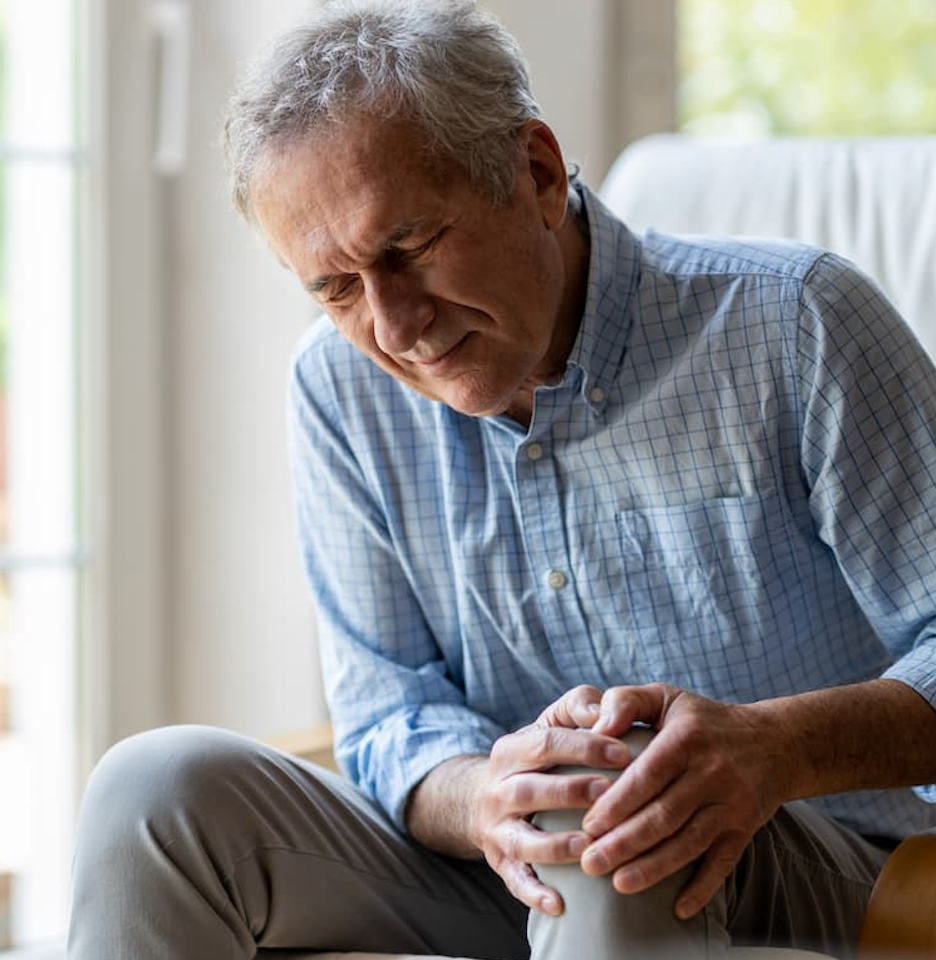Video
Other Treatment Options for Osteoarthritis of the Knee
Peter Salgo, MD: That brings up the question of physical therapy. You’re going to strengthen muscles and take some of the load off. But physical therapy, for somebody with osteoarthritis, also hurts.
Paul Lachiewicz, MD: I think there’s good data. Our guidelines recommend pool therapy, or aqua therapy. In North Carolina, we have a lot of retirement communities. Each one of those has an indoor pool, and they all have water exercise class. I have referred several patients to either YMCAs or community health centers that have these. And, surprisingly, it helps some of the patients.
Peter Salgo, MD: Well, it’s not weightbearing.
Paul Lachiewicz, MD: The problem is, the ladies don’t like to go because they either don’t want to be in a bathing suit or it takes too long to get their hair dried. But, I think it’s wonderful, early treatment that a primary care physician can recommend to a patient. It doesn’t cost very much.
Richard Iorio, MD: Peter, it’s interesting. We’ve done a lot of research on this. We have a patient-centered outcomes grant for this, from PCORI [Patient-Centered Outcomes Research Institute], looking at what patients want, from a conservative treatment option perspective. They want to self-manage their disease. They want to be able to choose what they want to do. They don’t want to read a book or be told what they to do. They want to be able to control the amount and the intensity of the exercise.
Physical therapy is wonderful. Everyone feels better for the 2 hours associated with the physical therapy. But, you can’t go to physical therapy for the rest of your life. So, going to a therapist and learning some things about arthritis management is a great idea. There are going to be online tools to help patients with these treatments. We’re developing one. The ones that are online now are not quite there yet. There’s a lot of commerciality to them. They don’t tell people exactly what they want to know. But, these things need to be social, so they can talk to other people that have these disorders and help them learn how to cope. Learn coping skills. Learn mindfulness. Learn how to deal with pain. What are the other ways to do this, rather than by taking 2 Percocets? They need exercises that are commensurate with the level of their disease; or, perhaps, a coach to help them through these situations. And then, medications, modalities, or other conservative management techniques that Andrew mentioned—heat, ice, braces, rubs, salves, whatever.
Peter Salgo, MD: The other question I have, and we see these advertised every single day—the topical analgesics?
Paul Lachiewicz, MD: Oh my gosh, it’s a billion-dollar industry in the US, I’ve been told. The Icy Hots and all of these things.
Peter Salgo, MD: Do they work?
Richard Iorio, MD: Short-term.
Paul Lachiewicz, MD: Some patients feel that it helps them. Do I personally prescribe them? No. One of the things I want to get back to, Rich, is that I also don’t use a lot of physical therapy prescriptions for patients with osteoarthritis. I think Rich has got it exactly right. You’ve got do the right type of exercise and empower the patient.
Transcript edited for clarity.





